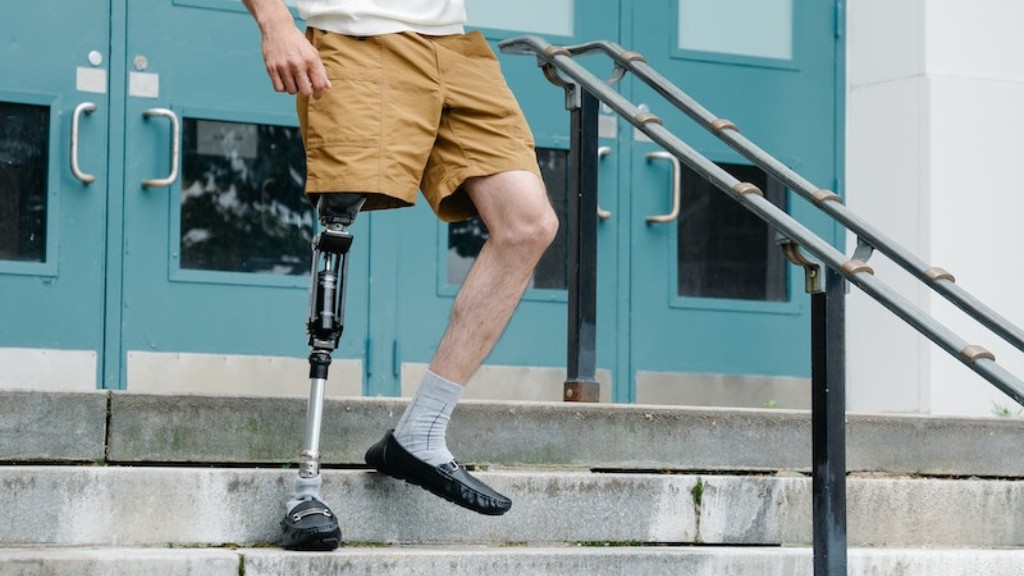Prosthetic Limbs Below Knee
The development of prosthetic limbs has revolutionized the lives of individuals who have undergone lower limb amputations. Advancements in technology, specifically in prosthetic limbs below the knee, have allowed users to regain a significant degree of mobility and independence. However, there are both positive and negative implications associated with these prosthetic devices that warrant careful consideration.
The Positive Impact of Prosthetic Limbs Below Knee
Prosthetic limbs below the knee have the potential to significantly improve the quality of life for individuals with lower limb amputations. These devices are designed to mimic the function and appearance of a natural limb, enabling users to participate in daily activities with greater ease and less discomfort. This enhanced mobility allows them to engage in physical activities, such as walking, running, and even participating in sports.
A study conducted by the University of Miami revealed that individuals who use prosthetic limbs below the knee reported increased satisfaction with their mobility and overall well-being. Furthermore, these individuals experienced a significant reduction in pain and discomfort compared to those who used traditional prosthetics.
Another important aspect of prosthetic limbs below the knee is the psychological impact on users. The ability to regain a sense of normalcy and regain independence can have profound effects on one’s mental well-being. Users often report increased self-confidence, improved body image, and a greater sense of control over their lives.
The Challenges and Limitations
Despite the advancements in prosthetic limb technology, there are still several challenges and limitations that need to be addressed. One of the primary concerns is the high cost associated with these devices. Prosthetic limbs below the knee can be quite expensive, making them inaccessible to many individuals who require them. This financial burden often falls on the shoulders of the amputees and their families, potentially creating a significant gap in healthcare equality.
In addition to cost, there are also technological limitations that impact the functionality of prosthetic limbs. While these devices have come a long way, they still fall short of replicating the full range of movement and sensitivity that a natural limb possesses. Activities requiring fine motor skills, such as playing a musical instrument or typing on a keyboard, can still be challenging for users.
Another challenge lies in the ongoing maintenance and repair of prosthetic limbs. These devices require regular adjustments, replacements, and repairs, which can be both time-consuming and costly. Individuals who rely on prosthetic limbs may face difficulties in finding qualified professionals or adequate healthcare facilities to provide the necessary services.
The Path Forward
Despite the challenges and limitations, it is crucial to continue advancing the field of prosthetic limbs below the knee. Accessible and affordable prosthetic technology should be a fundamental right for individuals who have undergone lower limb amputations. Governments, healthcare institutions, and medical device companies need to collaborate to make these devices more accessible and affordable.
Engaging in further research and development is also crucial. Scientists and engineers should focus on improving the functionality and sensory feedback of prosthetic limbs to bridge the gap between natural and artificial limbs. This could involve integrating advanced robotics, artificial intelligence, and materials science into the design and manufacture of prosthetic limbs to enhance their performance and durability.
Moreover, fostering a supportive community for individuals with prosthetic limbs is essential. Providing access to physical therapy, mental health support, and assistive technology training can help individuals maximize their potential with these devices.
Conclusion
Prosthetic limbs below the knee have the potential to significantly improve the lives of individuals with lower limb amputations. While there are challenges and limitations, advancements in technology and concerted efforts to address these issues can lead to even greater outcomes. Accessible, affordable, and innovative prosthetic devices will enable users to experience a higher degree of mobility, independence, and overall quality of life. It is a responsibility of society as a whole to ensure the well-being and inclusion of individuals who rely on prosthetic limbs.



